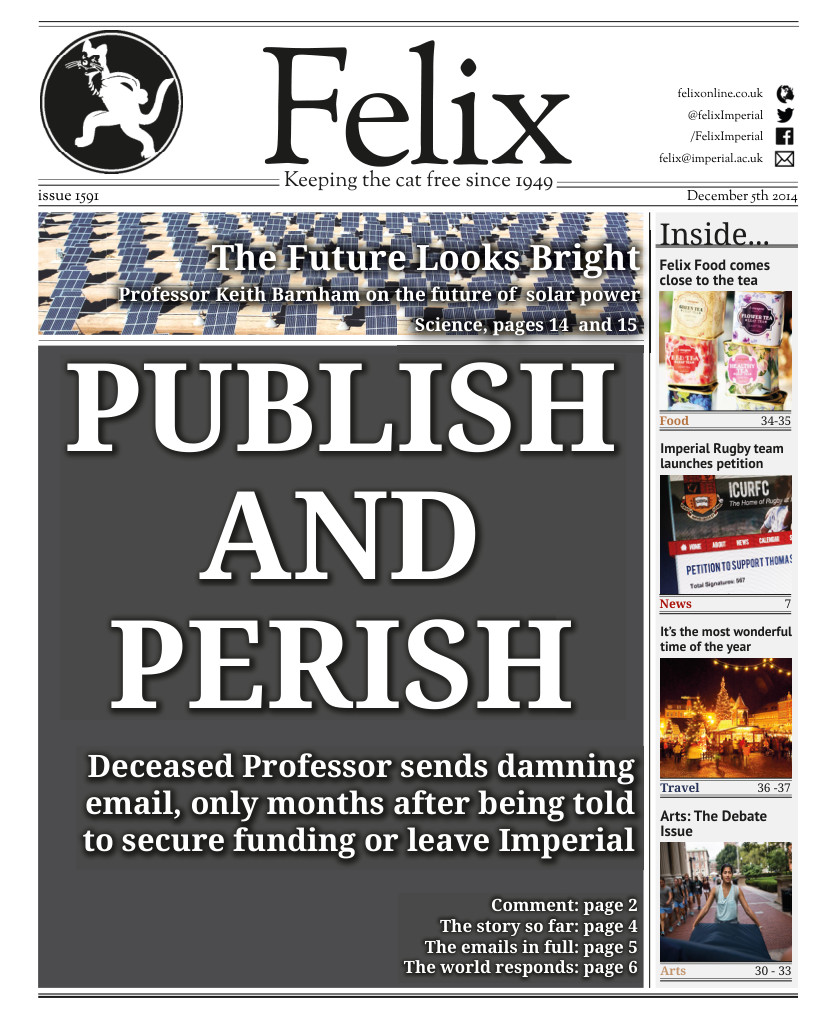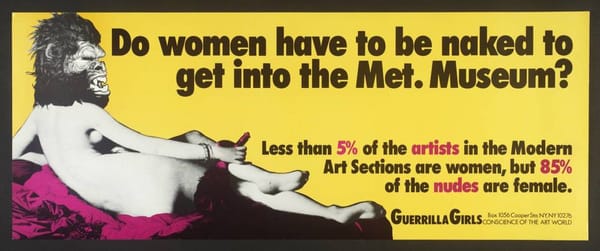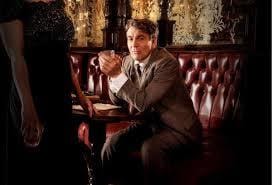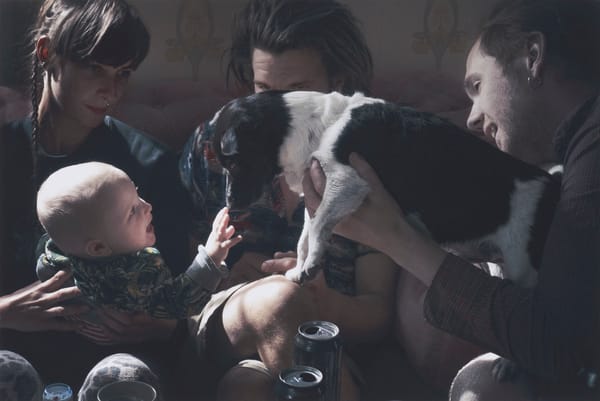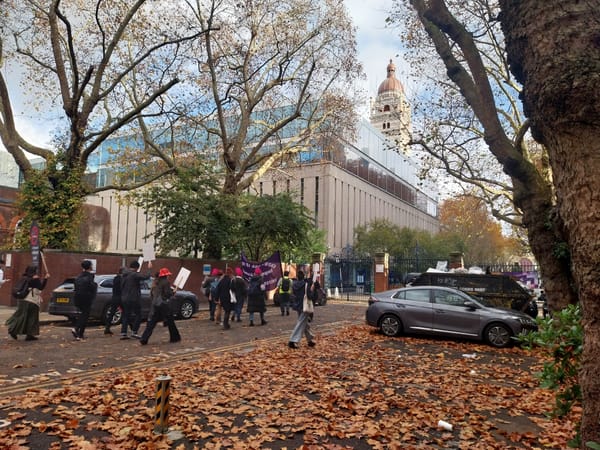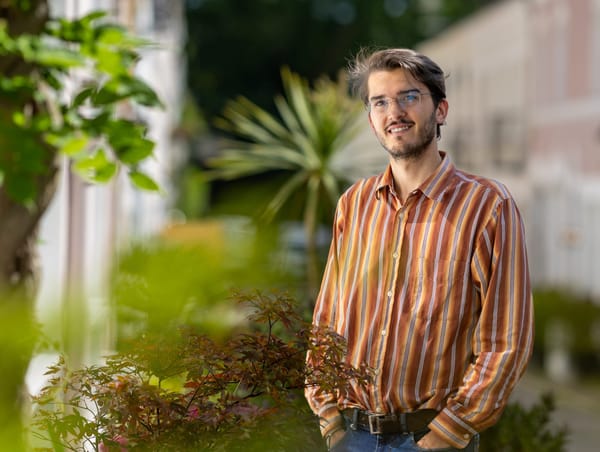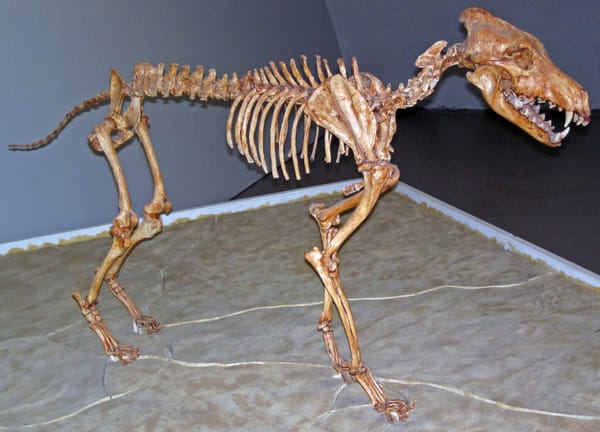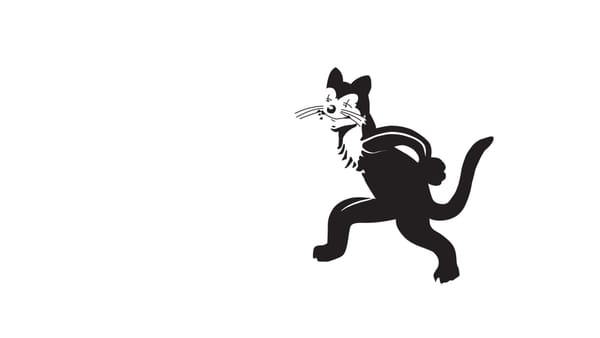An Excavation of the Bloody Horrors of Warfare
Fred Fyles explores brutal photographs of wars gone by at the Tate Modern

“There is an aggression implicit in every use of the camera” - Susan Sontag
Since the dawn of the camera, the photographer has returned to a number of themes: the beauty of nature, the danger of the streets, the glamour of the rich and famous. And yet, there is one subject that has captured the photographer’s attention like none other: Conflict. From corpses piled high at Bergen-Belsen, to the tattered remnants of Palestinian homes, it seems that the spectacle of war has always struck humanity as one worth observing. Just as light, filtered through a Leica’s aperture, permeates a strip of film, so to do these photographs strike our senses and imprint themselves on our consciousness.
But what of the aftermath? Does time, that most potent of medicines, surely has the power to heal all wounds? The answers can be found in the Tate Modern’s latest exhibition; entitled Conflict, Time, Photography, it aims to explore the lasting legacy of war. In an example of curatorial brilliance, the Tate has arranged the photos, not in terms of subject, or date, but by length of time post-conflict. It does not resemble an art gallery so much as an archeological dig; with each room we permeate deeper and deeper into our collective memories, tunnelling through the strata and unearthing bone-chilling bounties.
In the photos taken immediately after conflict, what is most startling is not the horror of war, but rather the stillness with which each photo is imbued. Luc Delahaye’s photo of an ICD explosion in central Iraq is blanketed in a grey, muted silence; we see the time before the dust has settled, before the screams begin. Similarly, Don McCullin’s Shell-shocked US Marine, Vietnam, has an unsettling calm about it; the soldier stares out, his eyes bulging out of his head, through which no doubt the conflict that had been raging seconds before is now replaying. He does not notice McCullin. He does not notice the camera. He is blind to the world, receptive only to his internal torment.
In terms of scope, the Tate has pulled out all the stops, exploring wars long gone and conflicts still raging. The message is clear; all war is horrific, and it is all worth exploring. In a year of overzealous politicians focussing on the centenary of WWI, and an increasingly jingoistic attitude being taken towards how one should commemorate those who died, it is refreshing to be reminded that conflict did not begin in 1914, and certainly did not end with the Treaty of Versailles, despite the hopes of a continent in a post-war daze.
Some of the works focuses on the most obvious aspect of conflict: the lasting legacy of ruination and destruction it leaves behind. In the months that followed WWI a number of guides to northern France were published, allowing a crowd of horror-tourists to satisfy their blood-lust; continuing in such a vein, we are presented with a series of photos surveying the destruction wrought upon Riems, whose cathedral became a symbol of French hope. Its nave is blasted, its statues crumbling, and yet the edifice still stands tall, not yet willing to become a victim of war. In comparison, the damage left by the bombing of Dresden, levelled in a mere two days with a cost of 25,000 lives, is harrowingly captured in Richard Peter’s damning book Dresden: A Camera Accuses, published in 1949.
Such images are not conceived as a call to arms; they are not histrionic. They do not scream their message from the rooftops, but instead softly deliver an inescapable message: that war is an inconceivable horror, and humanity has an endless capacity for evil. Nowhere is this more apparent that in the work of Shomei Tomatsu, whose stunning black and white photographs of Nagasaki twenty years after the atomic blast form the focus of the exhibition, both physically and emotionally.
‘Nakasaki’, Tomatsu explains, ‘Has two times; there is 11:02, August 9th, 1945; and there is all the time since then. And we must not forget either of them’. This precise time is taken from a broken watch, whose hands fused to the lens the moment of the blast; it looms out at us from the print, its strap gone, its dial chipped, like a vast, unblinking eye. Its function is no longer to tell us the time, but instead to allow us to remember and reflect on the horrors of the bomb. But Tomatsu documents another time: the present. He looks at those who have grown up in the shadow of the bomb, taking dramatic, close-cropped, unforgiving photos of those who were injured, their keloid scars spreading like vast spider-webs down their necks.
Elsewhere, the focus is on what is missing, such as Emeric Lhuisset’s tribute to murdered Iraqi journalist Sardasht Osman, I Heard the First Ring of my Death, or Taryn Simon’s genealogical studies performed in the wake of the Srebrenica Massacre, in which family trees are reconstructed, with images of bones and teeth exhumed from mass graves replacing pictures of those who were killed. In such work it is the space that remains unfilled that is examined; the empty chair, the shoes left behind.
Diana Matar takes this theme and applies it to the Libyan Civil War, in her breathtaking series Evidence, in which she photographs sites of former human rights abuses. In each case the photograph is accompanied by a short text describing that particular crime; we learn that these humble homes were fired upon by invading forces, that this billboard was put up in the wake of a public double-hanging. The most powerful photo of hers is also the smallest: a square photograph of a calm sea, measuring about 15cm across, into which the remains of 1270 political prisoners were dumped after their bones had been ground into a fine powder. Matar uses her camera as a tool for truth, uncovering what many people have tried hard to leave behind.
A strange dichotomy exists within the exhibition between the work that is conceptual and that which is – essentially – photojournalism. In some works the line blurs, such as in the multiple series looking at the brutalist defences left behind by the Germans on the French coastline in WWII, but they never come across as more than a poor man’s version of Bernd and Hilla Becher. Ultimately, nothing can compare to the work of McCullin and Tomatsu, whose photos need no explanation; their impact is immediately apparent. With their grainy, black and white, seemingly off-the-cuff style, these works come the closest to true photojournalism – indeed, McCullin is the only journalist included in the show – and perhaps it would have been nice if the Tate had focussed more on such artists.
Near the end of the exhibition we are shown work from Istory, a project from Syrian photographer Hrair Sarkissian, in which he explored the semi-public and private archives that exist in Istanbul. With their minimal lighting, the photos have an oppressive quality that reflects the confidential nature of the files contained within these vast collections. The stories have been shut away, consigned to the filing cabinet of history, but Sarkissian exposes them, even momentarily, to the light of day. And this is what the Tate Modern achieves with Conflict, Time, Photography: a shockingly brutal awakening of the horrors of war, and the debilitating effect of time going by.
Conflict, Time, Photography is on at the Tate Modern until 15th March 2015. Tickets are £13.10 adults; £11.30 Students


